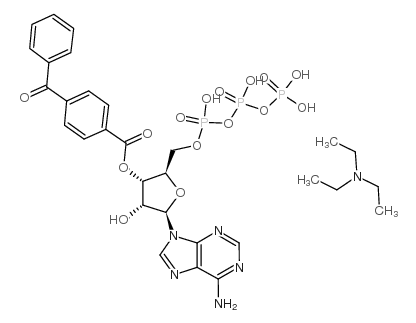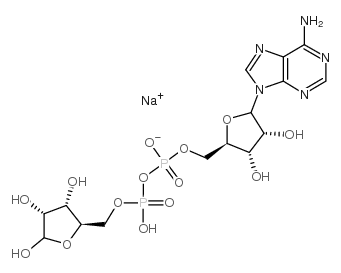| 结构式 | 名称/CAS号 | 全部文献 |
|---|---|---|
 |
2′(3′)-O-(4-苯甲酰苯甲酰)腺苷5′-三磷酸 三乙铵盐
CAS:112898-15-4 |
|
 |
腺苷5'-二磷酸核糖钠盐
CAS:68414-18-6 |
|
 |
尿酸
CAS:69-93-2 |